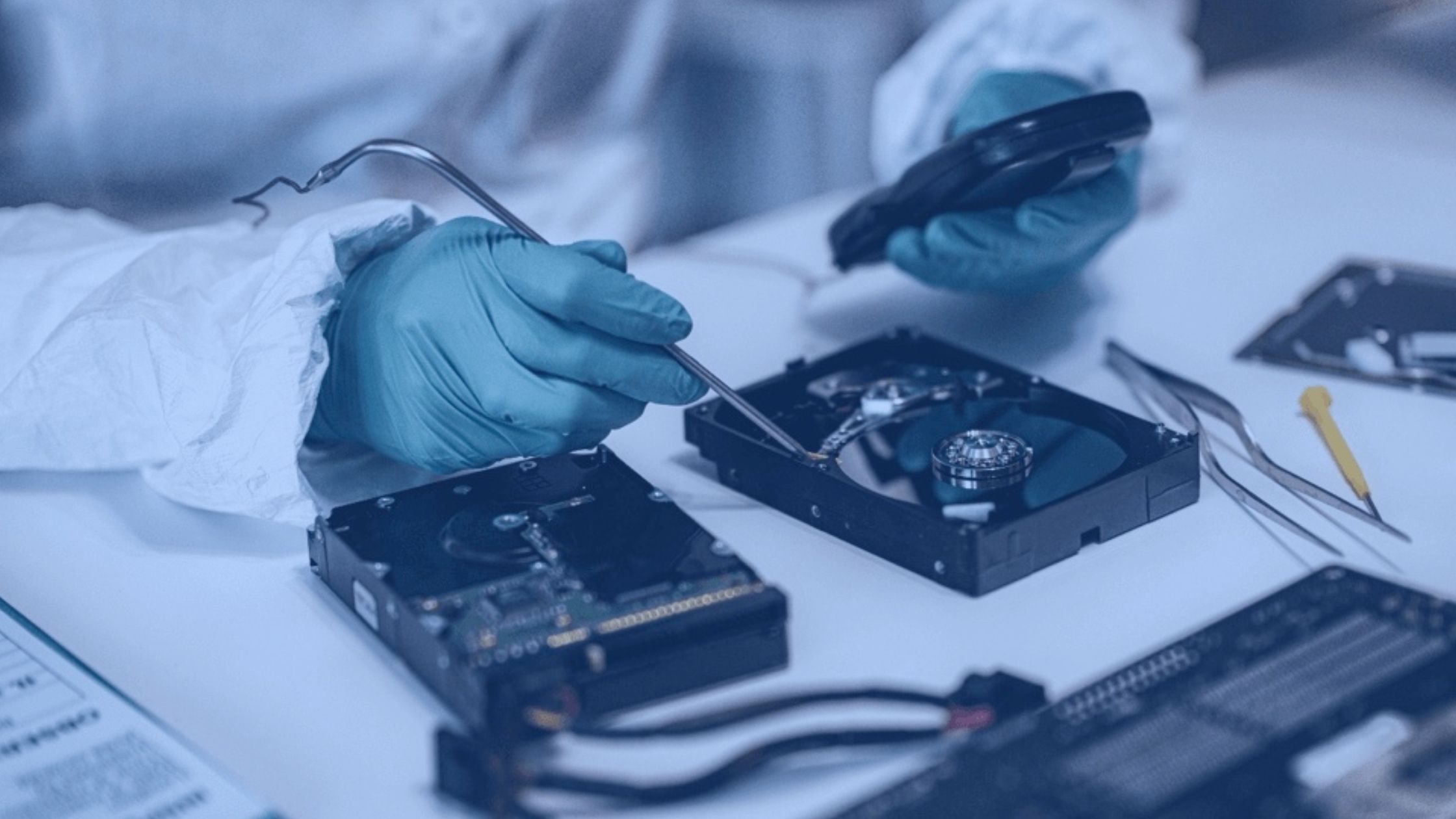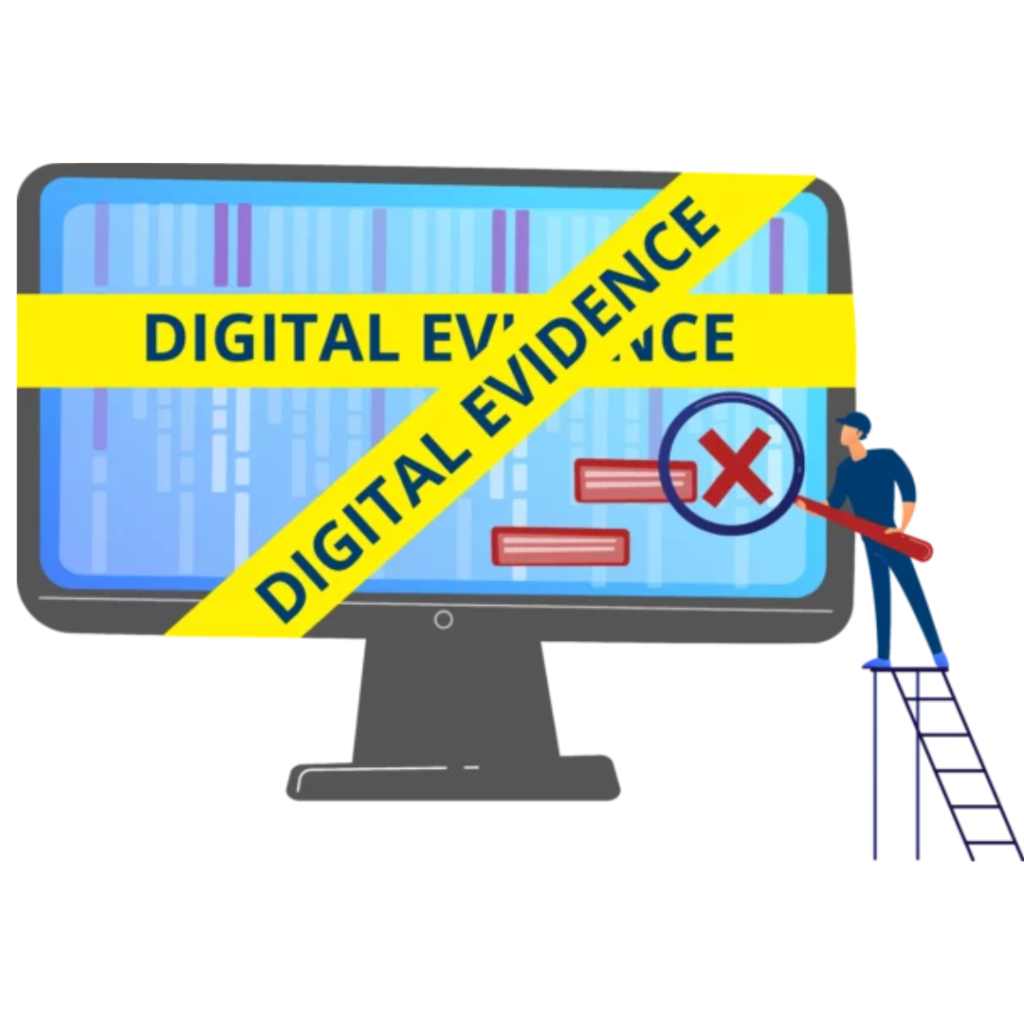
-
ceo.bfi@gmail.com
Send Email
-
2C, C-6/A Block, Janakpuri, Delhi India 110058
Visit Our Office
99902-92279
Confidentiality Guaranteed
99902-92279
Confidentiality Guaranteed

Jul
Digital forensic Evidence Analysis

Digital Forensic Evidence Analysis: Your Shield Against Cyber Threats
In today’s digital age, cyber threats are increasingly sophisticated, posing significant risks to organizations of all sizes. As cybercriminals continually evolve their tactics, businesses must adopt robust measures to protect their digital assets and maintain operational integrity. One such measure is digital forensic evidence analysis, a vital tool in the fight against cyber threats. This blog delves into the importance, methodologies, and benefits of digital forensic evidence analysis services.
Understanding Digital Forensic Evidence Analysis
Digital forensic evidence analysis involves the systematic recovery, examination, and interpretation of electronic data to uncover evidence of cybercrimes, data breaches, and other digital misconduct. This practice is essential for understanding the full scope of cyber incidents, identifying perpetrators, and implementing strategies to prevent future occurrences.
Key Components of Digital Forensic Evidence Analysis
Data Recovery and Preservation: Digital forensic experts employ specialized tools and techniques to recover lost, deleted, or corrupted data. Ensuring the integrity and authenticity of this data is crucial, as it must be preserved in its original state for accurate analysis and legal admissibility.
Forensic Imaging: Creating an exact bit-by-bit copy of digital evidence is essential. Forensic imaging ensures that the original data remains untouched while providing a replica for analysis. This process maintains the chain of custody and prevents evidence tampering.
Analysis and Interpretation: Forensic analysts examine the recovered data to identify patterns, anomalies, and evidence of malicious activities. This involves analyzing file metadata, email headers, network traffic, and other digital artifacts to reconstruct events and pinpoint cybercriminal activities.
Malware Analysis: Understanding malware behavior is critical for mitigating cyber threats. Forensic experts dissect malware code to determine its origin, functionality, and potential impact, helping organizations strengthen their cybersecurity defenses.
Reporting and Documentation: Findings from forensic analysis are documented in detailed reports. These reports provide a comprehensive account of the investigation, including the evidence, conclusions, and recommendations. Clear and concise documentation is essential for legal proceedings and organizational decision-making.
The Process of Digital-Forensic-Evidence-Analysis
Incident Response and Scoping: The investigation begins with an incident response to assess the nature and scope of the cyber incident. This involves identifying affected systems, potential entry points, and the type of data compromised.
Data Collection: Forensic experts collect digital evidence from various sources, including computers, servers, mobile devices, and network logs. Ensuring the collection process adheres to legal and ethical standards is crucial to maintaining evidence admissibility.
Forensic Analysis: The collected data is meticulously analyzed to uncover evidence of cybercrimes. This step involves using advanced forensic tools and techniques to interpret digital artifacts, reconstruct events, and identify the perpetrators.
Correlation and Validation: Correlating findings from multiple sources helps validate the evidence and establish a clear timeline of events. Cross-referencing data ensures accuracy and provides a comprehensive understanding of the incident.
Reporting and Recommendations: The findings are compiled into a detailed report, outlining the evidence, conclusions, and actionable recommendations. This report serves as a basis for legal action, policy changes, and security enhancements.
Benefits of Digital-Forensic-Evidence-Analysis Services
Incident Resolution: Digital forensic evidence analysis helps organizations understand the full scope of cyber incidents, enabling effective resolution and recovery.
Legal Support: Forensic evidence is crucial for legal proceedings, providing admissible and credible information to support litigation and regulatory compliance.
Enhanced Cybersecurity: By identifying vulnerabilities and attack vectors, forensic analysis helps organizations strengthen their cybersecurity posture and prevent future incidents.
Risk Mitigation: Early detection and thorough investigation of cyber incidents minimize financial losses, reputational damage, and operational disruptions.
Compliance Assurance: Adhering to industry regulations and standards is essential for avoiding legal penalties. Digital forensic services ensure compliance with data protection and cybersecurity laws.
Conclusion
In an era where cyber threats are ever-present, digital forensic evidence analysis services have become indispensable. They provide a systematic approach to uncovering and understanding cybercrimes, ensuring that organizations can respond effectively and safeguard their digital assets. By leveraging these services, businesses can enhance their cybersecurity defenses, ensure regulatory compliance, and maintain their reputation in an increasingly interconnected world.
Investing in digital-forensic-evidence-analysis is not just a reactive measure but a proactive strategy to stay ahead of cyber threats and maintain a secure and resilient business environment. As cybercriminals continue to evolve, so too must our defenses, with digital forensics serving as a crucial shield against the ever-growing array of cyber threats.
Call To Action

We invite readers to share their thoughts, experiences, or questions about Digital-Forensic-Investigations. Join the conversation and explore further resources on forensic science and criminal investigations.




